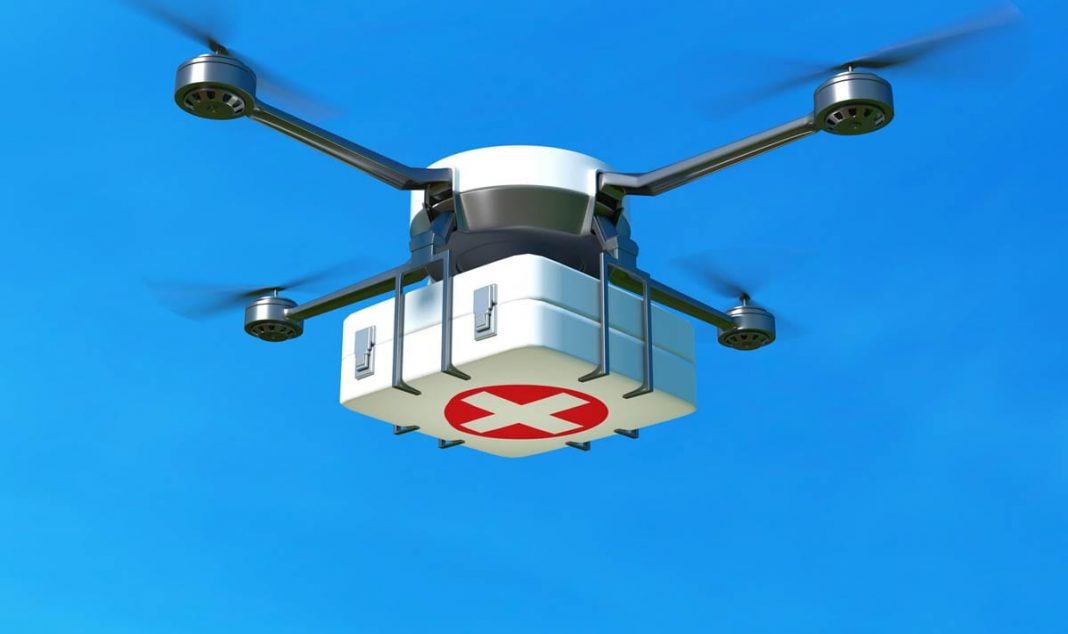Government is in talks with a drone service firm to deliver drugs, blood packages and medical equipment to public health facilities.
If the negotiations end well, Uganda could join a number of other African countries, like Rwanda and Ghana that have deployed unmanned aerial vehicles (UAVs) to help deliver public health materials especially in the hard-to-reach areas.
According to John Goslino, business manager at Flexdrone, drone services firm launched by a Ugandan and a German aimed to start a delivery service in March if talks were successful.
Goslino said the service had already secured approval from the Information and Communications Technology Ministry and they were awaiting an endorsement from the Health Ministry.
“We are trying to provide the products that are needed by the patient and the health worker who is working in the village when that person needs it,” Goslino said.
Goslino said his firm had partnered with Ugandan start-up firm Sysimo Technologies to develop a mobile app for the on-demand delivery service.
Flexdrone planned to deploy drones capable of carrying 5 kilogrammes each but could use bigger drones as demand grew, he said.
Uganda’s public hospitals often face shortages of essential supplies, such as blood, drugs, syringes, gauze and gloves, sometimes due to unreliable transport through the gridlocked capital or along poorly paved or dirt roads in the countryside.
Most public health facilities in Uganda do not have proper facilities to store blood and supplies often need to be transported across long distances in an emergency. Ugandan media have in the past reported deaths due to delayed blood deliveries.
However some researchers recommend five tests when considering the drone delivery of medicines. These tests must determine the safe flight time and range, the quality of the medicine post flight, the on board conditions experienced by the medicine, the security of the drone supply chain and the effect of drone failure on both the medicine and the environment:
- Considering the gross weight of the medicines to be transported, the safe flight time and safe range need to be determined. Testing the edge-of-failure by taking into account the likely variance of environmental conditions is required for the selection of the most appropriate drone.
- A quality test for the medicine is required post-delivery to ensure that the pharmaceutical product has arrived in a stable form. Ideally this should be non-destructive, simple to perform and if possible, be based on pharmacopeia recommendations and others like critical material quality attributes.
- On board monitoring of the medicines environment during drone flight is required to record if or when conditions have deviated from the manufacturer’s recommendations. Critical process parameters such as temperature, pressure, vibration frequency and g-force should be monitored.
- Ensuring the security of the medicines within the drone supply chain is required, for example on board anti-tamper monitoring and recipient authentication is required.
- Understanding the effect of drone failure during flight, considering both the consequences on the medicine and the environment is required.








